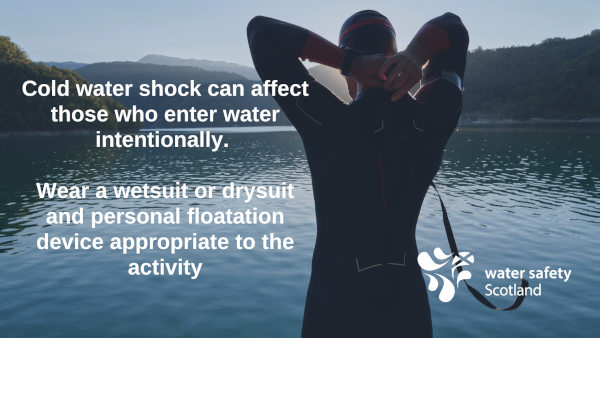Cold Water Shock
Cold water shock (CWS) is an involuntary response to the body being suddenly or unexpectedly immersed into water which has a temperature of less than 15 °C.
What happens?
As an automatic response to falling into cold water, blood vessels in your skin will close and the output from your heart will rise causing your blood pressure to increase; this will put your heart under strain and could cause a heart attack.
The sudden cooling of the skin can also make you gasp involuntarily and increase your breathing rate which can cause you to panic, inhale water and potentially drown.
What can you do?
If you unintentionally fall into the water: don’t try to swim straight away. Fight your instinct to swim hard or thrash about. Try to remain calm, relax, turn onto your back and adopt the ‘starfish’ float position. Once floating, and the initial effects of CWS have passed (about 90 seconds), call for help and look around for anything that can be used to help you float or get out of the water.
If you are intentionally in the water for an activity: Check the weather and conditions before entering the water & Wear a wetsuit or drysuit and a personal floatation device appropriate to the activity you wish to carry out.



